Manu Jungle Ecological Cultural 4 Days Tour
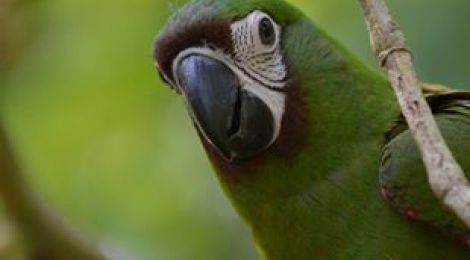
From: 320 USD$
| Locations Visited | : | Manu Jungle Cloud Forest |
|---|---|---|
| Trip Style | : | jungle trips |
| Length | : | 4 Days and 3 Nights |
| Frequency | : | Every Day ( from may to december ) |
| Group | : | Min 6, Max 12 |
| Physical Grading | : | 1,2,3,4.5 |
DAY 01: cusco – paucartambo – san pedro logde .
We leave Cusco early in the morning in one of our vehicles. Approximately mid-morning we visit the interesting tombs of Ninamarca, commonly known as “Chullpas”. We continue to Paucartambo, a picturesque Spanish colonial town, and then to the Acjanacu pass, which marks the beginning of the Cultural Zone of Manu Biosphere Reserve. Here, a thick cloak of clouds provides perpetual humidity and makes an ideal habitat for epiphytic plants such as bromeliads. This varied and fascinating world is home of the Cock of the Rock, Spectacled Bear, Orchids, Tree Ferns (one of the oldest living plants),
mosses and lichens. This cloud forest exists between 2,000 and 3,500 m.a.s.l. and at least 50% of the plant species found here are endemic to this region. Overnight in our “Orquídeas de San Pedro Lodge”.
Day 02: san pedro – pilcopata – atalaya port – erika lodge .
Today we wake up very early to observe the Cock of the Rock (Rupicola peruviana), Peru’s national bird from a platform. The male birds are a vibrant reddish orange, and as many as several dozen come together for an exhibition of a mating ritual dance in a place called Lek. The males display their crest, showing off and posturing for the females. The females, fewer in number, watch to select the most suitable males. After breakfast we continue in our vehicle down the narrow road between waterfalls and canyons toward the town of Pilcopata and then to Atalaya Port. here we board our covered, outboard motor boat and head down the Alto Madre de Dios River for approximately 15 minutes toward our private reserve of “Erika” a comfortable / rustic lodge owned also by manu jungle cloud forest where we will hike through the interesting trail system that this transitional area between high and low jungle offers. Overnight at the lodge.
DAY 03: erika lodge – machuwasi –
Erika Lodge is located in a transition zone between high and low jungle ( 600 m.a.s.l. to 1,150 m.a.s.l), encompassing different habitats. This altitude range explains the high diversity of wildlife found around this lodge, so immediately after breakfast, we will start walking near the riverbanks, during the hike our guide will talk about insects, medicinal plants, trees, reptiles, mammals, etc. This afternoon we board our boat, and after five minutes, we will walk for another 30 minutes approximately though a very nice trail to observe and talk about the interesting flora fond such as sensitive plants,
heliconias, fruit plantations, etc. until we arrive to Machuwasi Lake where with the help of a telescope we can observe great egrets, tucanets, carpenters, Keskadees, cardinals, etc. Short night walk to observe American bullfrogs, horned frogs, tree frogs and an incredible
variety of insects.
DAY 04: atalaya port – cusco city .
This day we will get up very early to board our boat again for only five minutes down river to our Parrot clay Lick called “Collpa” on the riverbanks, where many species of parrots such as the blue headed parrot, white-eyed parakeet, supplements to their diet of seeds and fruits. Immediately we continue to Atalaya Port where the bus will drive us back to Cusco city, arriving late in the evening.
WHAT IS INCLUDED :
- Private transport van and boat
- Rubber boots
- All camping equipment
- Qualified bilingual native guide with own equipment
- Mineral water
- First aid kit
- 3 meals per day
- Cook
- Entrance to the accommodation
WHAT IS NOT INCLUDED :
- The breakfast and mineral water, only for the
- first day, some kind of drinks such as beers or sodas, tips and the last dinner.
WHAT YOU NEED TO TAKE :
- Sleeping bag
- Rain coat or rain poncho
- Repellent with a minimum of 15 % deet
- Binocular
- Camera with extra batteries
- Flash Light with extra batteries
- Sun lotion
- Pocket Money
- Daypack
- Water bottle
- Sun hat
- Sandals
- Toilet paper
- Dark clothes
Best time to visit the manu jungle Amazon
Although it is generally easier to travel to the Peruvian Amazon during the dry season, there is very little variation in temperature throughout the year, so the best time to travel is whenever it suits your schedule best. It rains all year round so make sure you bring a rain jacket or poncho and perhaps waterproof trousers no matter when you travel.
During the dry season, generally June to September, sudden friajes (cold fronts) bring rain and cold weather to Tambopata / Madre de Dios, especially in July, so it pays to be prepared for the worst. Temperatures can drop from 32°C (90°F) to 10°C (50°F) overnight. However, there are fewer mosquitoes and that can make the experience more comfortable.
The jungle experiences its wettest months in the period of December through May, but even then the rain rarely falls for more than a few hours at a time. However, many people prefer to visit during the wet season due to the higher water levels of jungle rivers
 +51 984 751 486
+51 984 751 486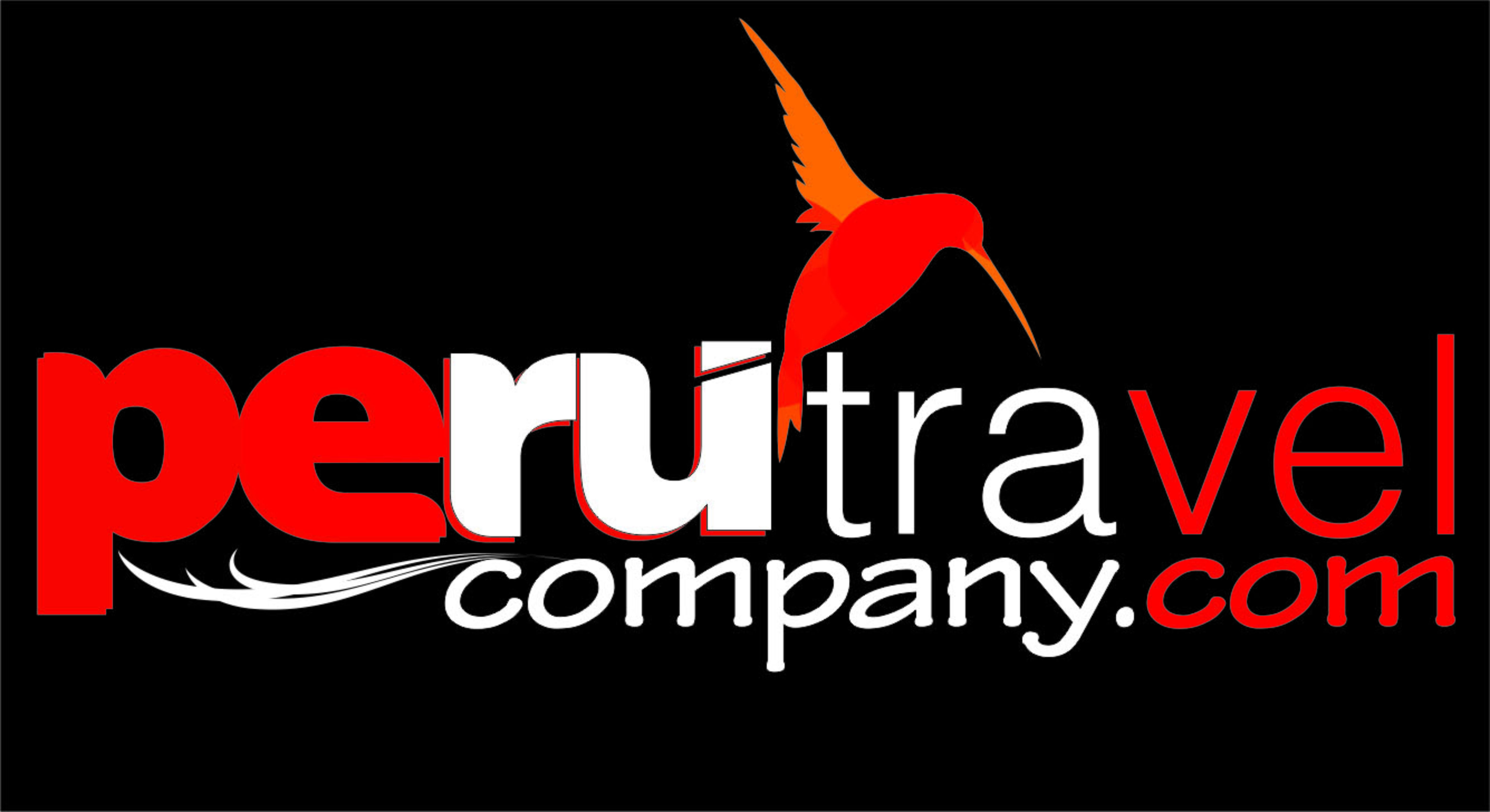
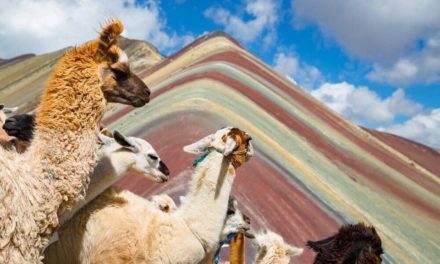
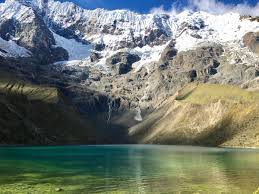
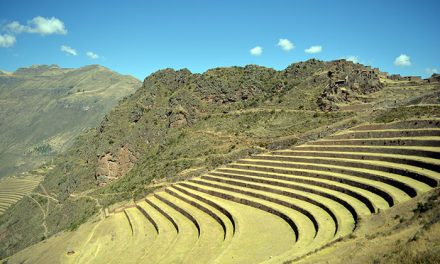
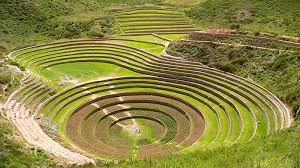



 English
English Spanish
Spanish